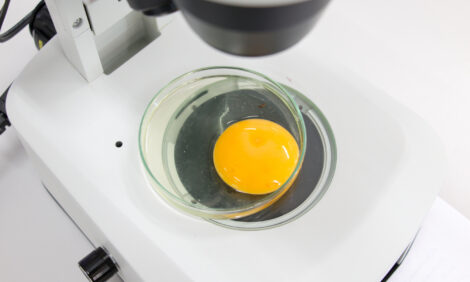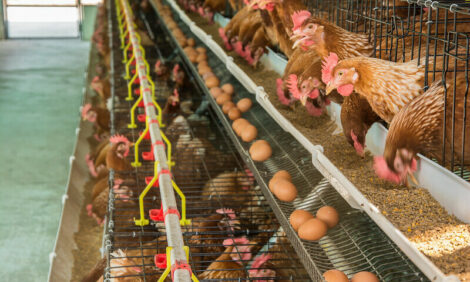



US Poultry Industry Manual - feeding turkeys during a FAD outbreak
What to know when feeding turkeys during a foreign animal disease outbreakPart of Series:
< Previous Article in Series Next Article in Series >
Editor's Note: The following content is an excerpt from Poultry Industry Manual: The Foreign Animal Disease Preparedness and Response Plan (FAD PReP)/National Animal Health Emergency Management System (NAHEMS) Guidelines which is designed to provide a framework for dealing with an animal health emergency in the United States. Additional content from the manual will be provided as an article series.
Feed
In the event of a foreign animal disease, provisions for feeding unaffected flocks in the quarantine zone need to be provided. How this is done will depend on whether the feed mill is located within or outside of the quarantine zone. If the entire farm distribution of the complex and feed mill are within the quarantine zone, then the only consideration is for feed delivery trucks to avoid, as much as possible, routes that take them by affected farms. Feed will not be delivered to flocks confirmed to have the disease as those flocks will either be depopulated or scheduled for depopulation. Feed being given to affected flocks is destroyed on the farm (see 8.2).
Dedication of feed delivery trucks to either deliver feed to farms within the quarantine zone or farms outside of the quarantine zone is possible when only part of the farms are within the quarantine zone. Within the Control Area, single feed deliveries are preferred over delivering feed to several farms. Routes and farm deliveries need to be recorded in the event that additional flocks develop the disease. As feed delivery trucks leave a farm, they must be carefully cleaned and disinfected, especially if they are leaving the quarantine zone and returning to the feed mill.
Water
Water is provided from municipal or on-farm sources. No special provisions for delivering water are needed.
Ventilation
No changes from normal ventilation are indicated. Ventilation can be shut down just prior to mass euthanasia of an affected flock but should not cause extreme discomfort or result in death of the birds. There is no indication that either END or HPAI viruses survive very long in the environment, and airborne transmission is unlikely.
Light
No special provisions for lighting are needed. Dimming lights prior to mass euthanasia may help calm the turkeys.
Environmental Temperature
No special provisions are needed beyond those for normal production as described above.
Reference: "USDA APHIS | FAD Prep Industry Manuals". Aphis.Usda.Gov. 2013. https://www.aphis.usda.gov/aph...
The manual was produced by the Center for Food Security and Public Health, Iowa State University of Science and Technology, College of Veterinary Medicine, in collaboration with the USDA Animal and Plant Health Inspection Service through a cooperative agreement.















